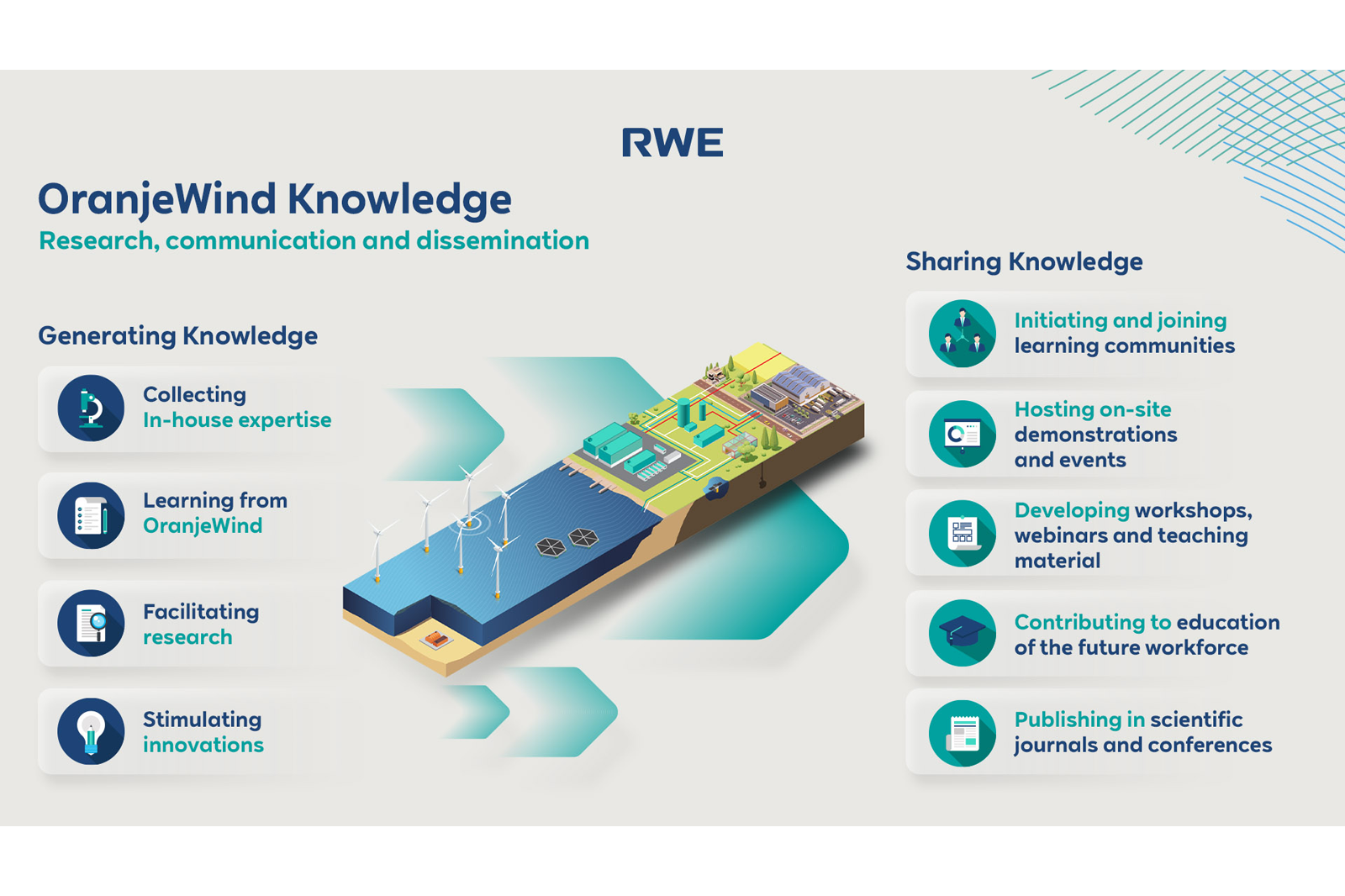OranjeWind Insights
The latest insights in system integration

OranjeWind offshore wind farm is a joint venture project by RWE and TotalEnergies. The wind farm will be located 53 kilometers from the Dutch coast. To tackle the challenges of fluctuating power generation from wind and flexible energy demand, OranjeWind will be a blueprint for the integration of offshore wind farms in the Dutch energy system.
A combination of smart innovations and investments will be used to realise this perfect match between supply and demand.
Together, RWE and TotalEnergies will invest in new electrolyser capacity, e-boilers and EV-charging solutions across different locations in the Netherlands.
Aside from these investments, a selected group of great innovators and start-ups is offered the opportunity to demonstrate their innovations in a working project to accelerate the commercial application of new technologies.
Knowledge and important lessons learned in the project will be actively shared with educational institutes, research institutes and the market, to even further accelerate the energy transition through the OranjeWind Knowledge programme.
Project status: In development

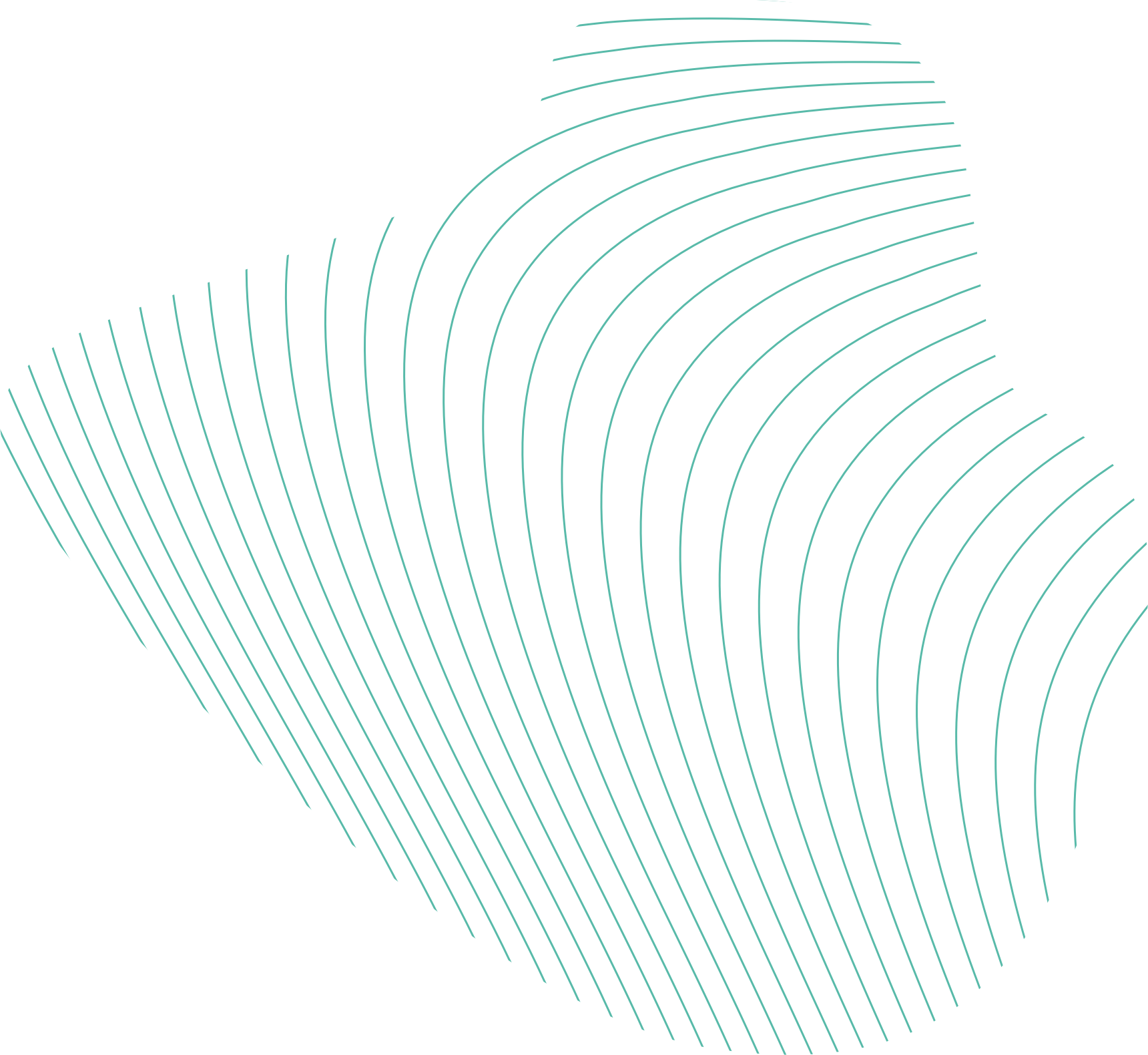
from the Dutch coast
installed capacity
Dutch households annually
In order to achieve system integration and accelerate the energy transition OranjeWind will develop, realise and test new developments and innovations. These innovations include offshore floating solar, a subsea lithium-ion battery, LiDAR power forecasting system and a subsea hydro storage power plant off-site.
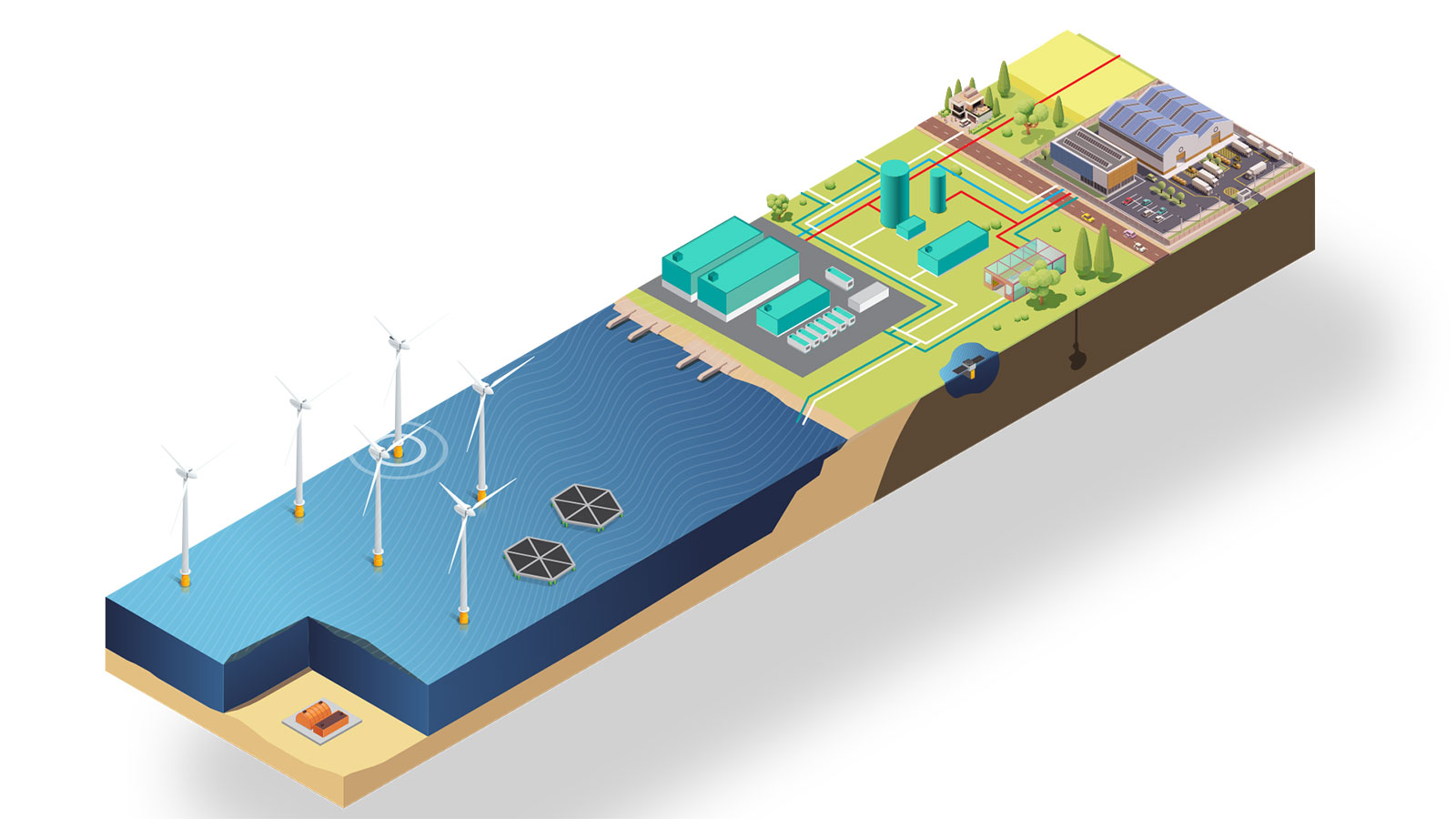
Click on the image to zoom
At RWE’s Moerdijk power plant, construction has started for a 7.5 MW/11 MWh inertia battery. With its ability to provide or absorb electricity within milliseconds, the system will help to safeguard the electricity grid. This function is called inertia.
Sustainable electricity sources (such as offshore wind farms like OranjeWind) can have sudden fluctuations depending on wind force. Our grid is not suited to handle these sudden fluctuations. This battery’s technology can help with this issue, by quickly injecting power into the grid when there is a sudden drop in generation. This is called synthetic inertia. This technology is now being tested for the first time in the continental European grid, at Moerdijk. This innovation is part of the blueprint for system integration of OranjeWind.
Commissioning is planned for the end of 2024, followed by a two-year pilot phase. During this phase, the transmission system operator TenneT will be a partner of the project to further develop its technical requirements and grid compliance procedures for the grid-forming features of the battery storage system.

Click on the image to zoom
Ocean Grazer’s Ocean Battery is a scalable, modular solution for energy storage that is produced by renewable sources such as wind turbines and floating solar farms at sea.
To store energy, the system pumps water from the rigid reservoirs into the flexible bladders on the seabed to store it under high pressure. When there is demand for power, water flows back from the flexible bladders to the low pressure rigid reservoirs, driving multiple hydro turbines to generate electricity.
As part of project OranjeWind, Ocean Grazer will be further developed in an inland underwater testing location.
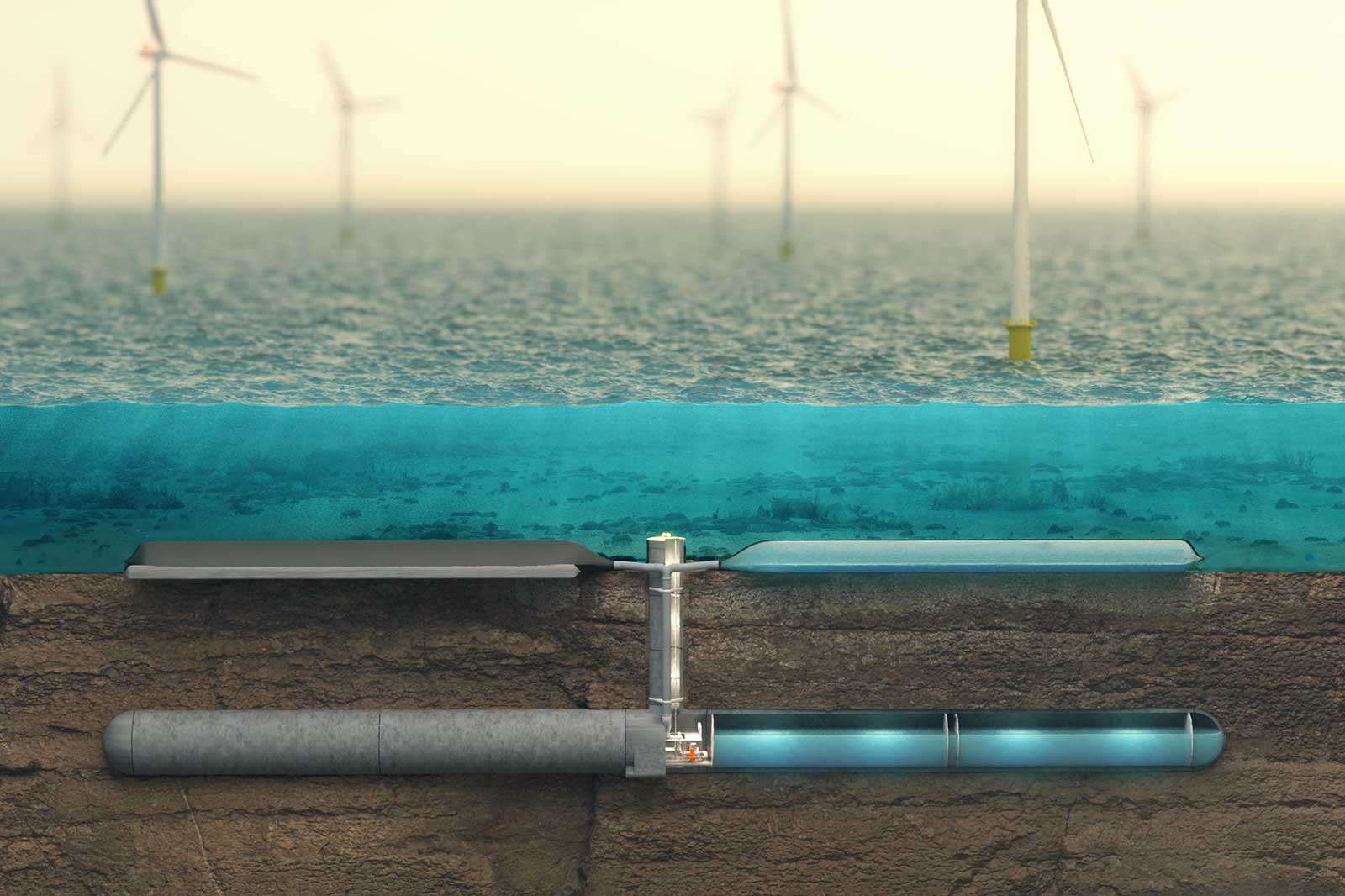
RWE and the Dutch-Norwegian company SolarDuck are collaborating to develop the use of floating solar parks at sea.
The offshore floating solar technology, as developed by SolarDuck, establishes a new frontier for solar energy and provides an answer to increasing land scarcity for the generation of renewable energy. The integration of offshore floating solar into an offshore wind farm is a more efficient use of ocean space for energy generation (using the space between the wind turbines) and allows for synergies with regards to the construction and maintenance of the multi-source renewable energy plant. The result is a more balanced production profile due to the complementary nature of wind and solar resources. This means the TenneT transport cable will be used more efficiently in the future.
RWE and SolarDuck are currently collaborating in the first pilot installation off the Dutch coast: Project Merganser. This project will lay the foundation for the larger installation at OranjeWind.
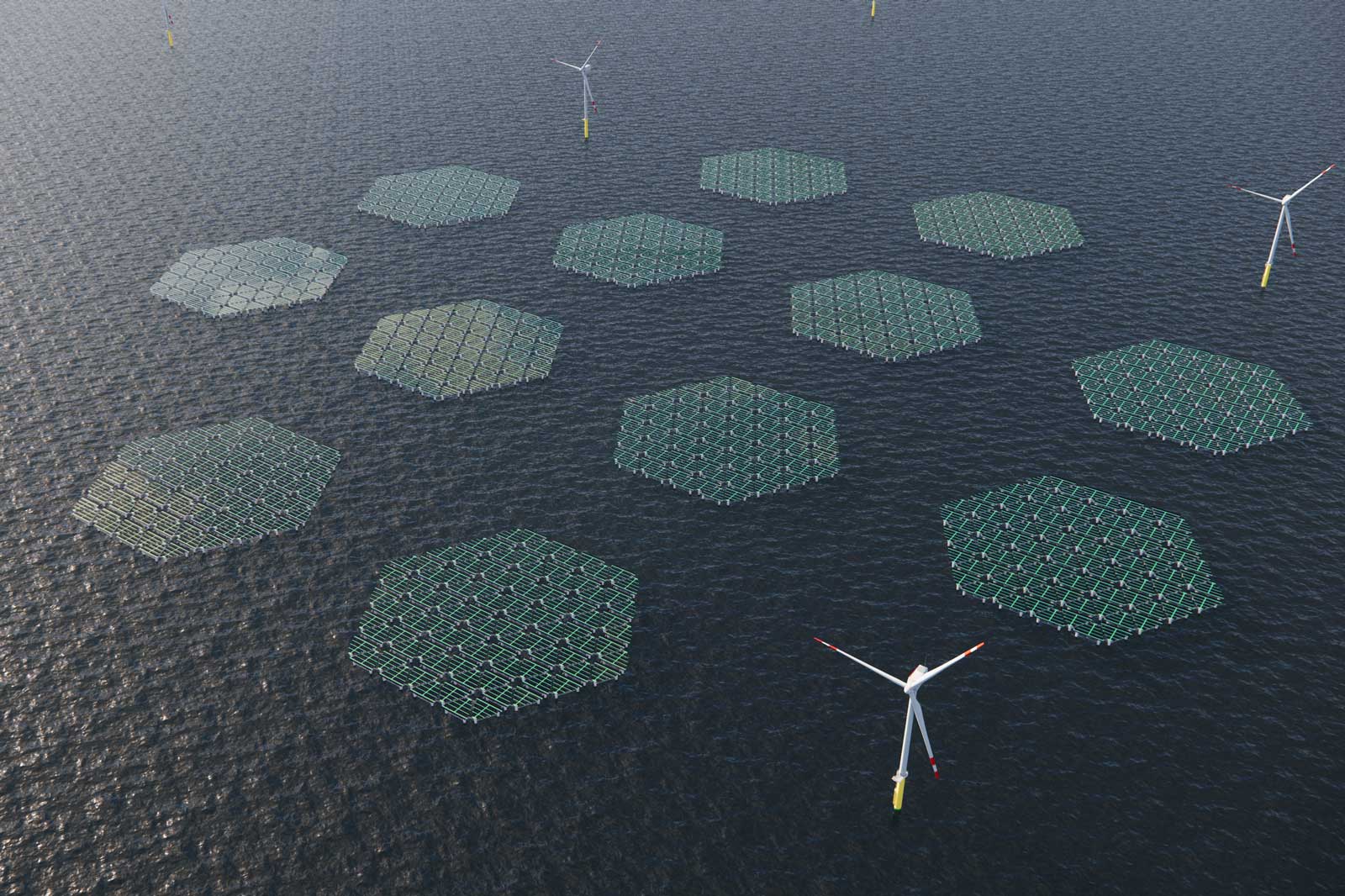
As a winner of the RWE innovation competition in 2022, Verlume has been working to deliver their unique offering for system integration at OranjeWind.
Verlume is bringing multi-purpose storage solutions offshore through a subsea lithium-ion battery with integrated intelligent energy management, which has a modular and highly scalable design that will lead to a more balanced power output by shaving the peak power production offshore.
Beyond preventing grid curtailment, the storage solution can provide multiple offshore services, such as frequency response, black start capability for wind turbines and charging of hybrid or fully electric service vessels and providing residency for Autonomous Underwater Vehicles (AUVs). This will enable further reductions of the CO2 footprint of offshore wind farms and associated logistics.
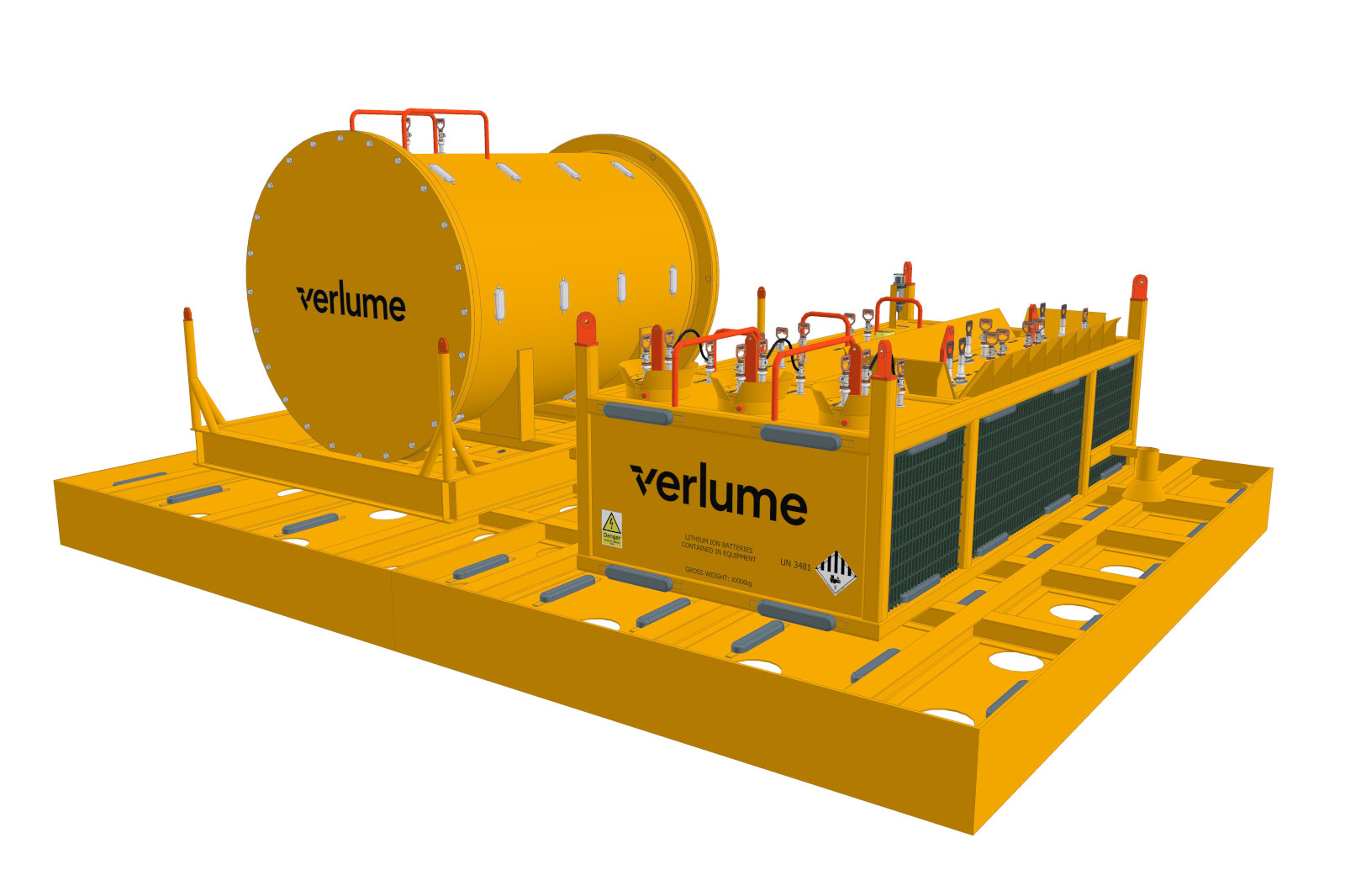
ForWind, the Center for Wind Energy Research at the University of Oldenburg, won the RWE innovation competition in 2022 with their proposal for the development of an innovative power forecasting methodology based on LiDAR (Light Detection And Ranging).
This method has the potential to support grid stability and significantly improve the integration of wind power in future energy systems, by accurately forecasting sudden changes in power production as a consequence strong variations of wind speed over a short period of time (so-called “wind ramp events”). If not forecasted accurately, both in timing and amplitude, these can result in critical grid imbalances and on the longer term hamper the further growth of offshore wind energy.
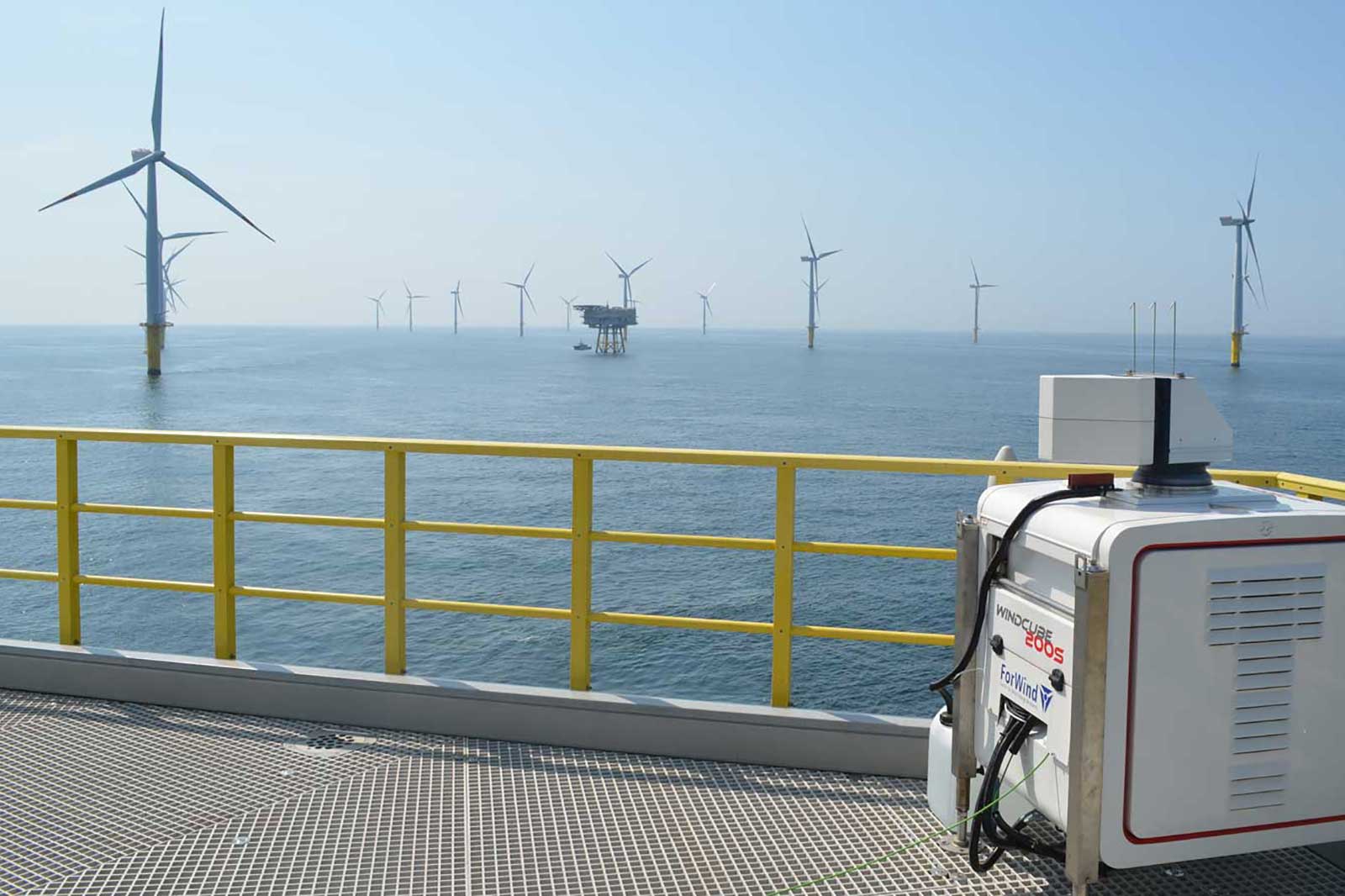
There is a lot to learn in an innovative project such as OranjeWind. While developing the wind farm, we started the OranjeWind Knowledge programme. This programme aims to generate and share knowledge to accelerate the energy transition.
In strong partnerships with TNO and Dutch universities, research is carried out in parallel to the development and operation of OranjeWind. By sharing research results, lessons learned, and relevant in-house expertise, the programme aims to close knowledge gaps and provide valuable insights in key focus areas for system integration. The generated knowledge will become openly available to educational and research institutes, governments and the market.
To ensure the dissemination of knowledge, we will actively partner with educational institutions of all levels across the Netherlands. These partnerships allow us to share its expertise and provide the future workforce with the knowledge and skills needed to enable the energy transition.
